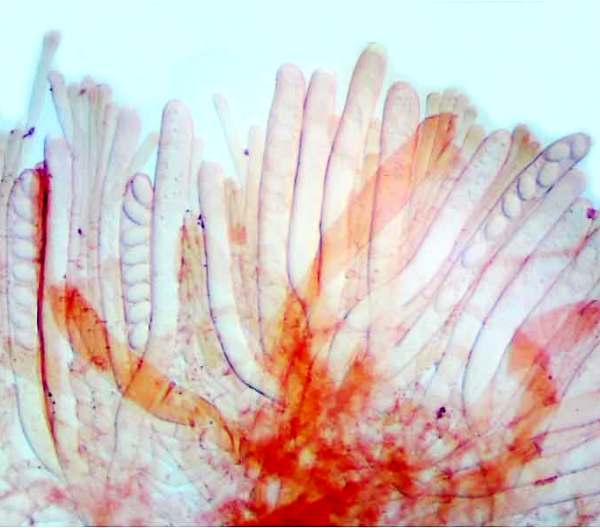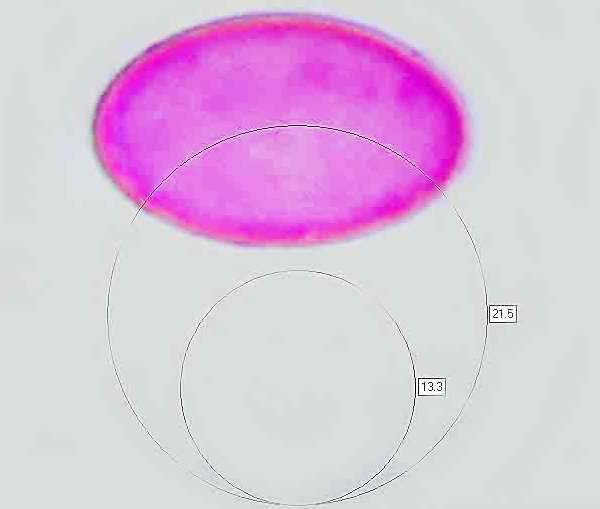Disciotis venosa (Pers.) Fr. - Bleach Cup
Phylum: Ascomycota - Class: Pezizomycetes - Order: Pezizales - Family: Morchellaceae
Distribution - Taxonomic History - Etymology -Identification - Culinary Notes - Reference Sources
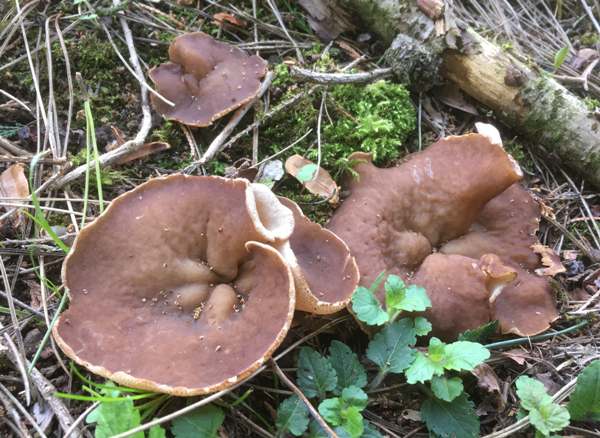
Bleach Cup is a spring-fruiting ascomycete fungus whose common name comes from a distinctive bleach-like odour which is released when the fruitbodies are broken or crushed. Sometimes found in woodland alongside morels (Morchella species), this fragile cup fungus is fairly common in grassland habitats too.
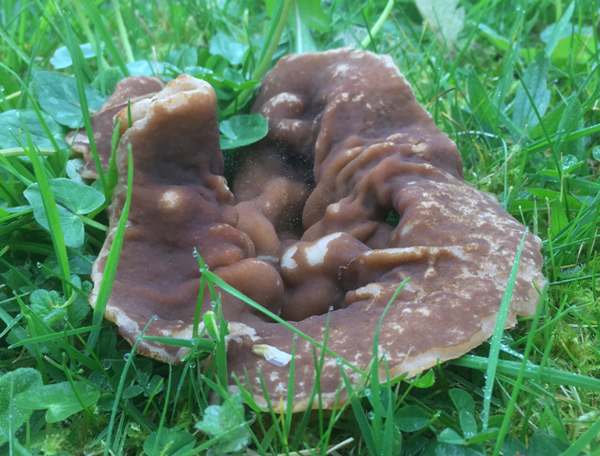
Distribution
An occasional to fairly common sight in Britain and Ireland, the Bleach Cup is found throughout mainland Europe from Scandinavia down to the Mediterranean countries including the Iberian Peninsula; it is also recorded in many parts of North America.
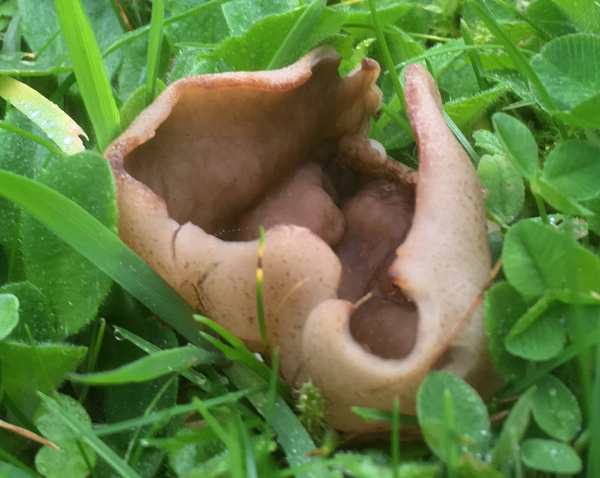
Taxonomic history
Bleach Cup was described scientifically in 1801 by Christiaan Hendrik Persoon, who gave it the scientific name Peziza venosa. In 1893 the great Swedish mycologist Elias Magnus Fries transferred this species to the genus Disciotis, establishing its currently-accepted scientific name Disciotis venosa.
Synonyms of Disciotis venosa include Peziza venosa Pers., Discina venosa (Pers.) Fr., and Peziza reticulata Grev.
Etymology
The generic name Disciotis reflects the disc-like form of mature specimens of this virtually stemless fungi, while the specific epithet venosa comes from Latin and refers to the vein-like wrinkled central region of mature fruitbodies.
Identification guide
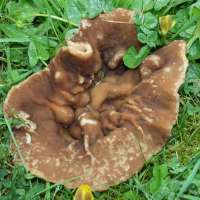 |
Cup3 to 15cm in diameter, initially cup-shaped with an inrolled margin, flattening to become a broader shallow bowl, often with irregular marginal tears. Inner fertile surface brown, smooth and shiny but developing vein-like wrinkles in the central region. Outer surface whitish and rough. Flesh is fragile, rather brittle and so easily broken. StemVery short or more often absent |
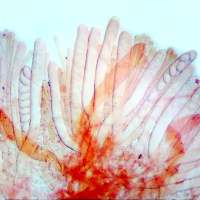 |
AsciTypically 300 x 20µm; eight spores per ascus. Asci tips inamyloid. ParaphysesClavate or sub-capitate, typically 6 - 10µm in diameter, with brownish content. |
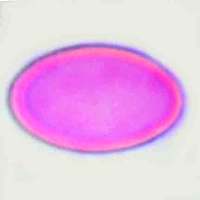 |
SporesEllipsoidal, smooth, 19 - 25 x 12 - 15µm; hyaline; without enclosed oil droplets; inamyloid. Spore printPale yellow. |
Odour/taste |
Strong odour of bleach when fruitbody is cut or crushed. |
Habitat & Ecological role |
Sometimes appearing in open grassland but more often under Beech trees. Thought to be saprophytic, but in broadleaf woodland they, like their close relatives Morels, may be facultatively ectomycorrhizal. |
Season |
March, April and May in Britain and Ireland. |
Similar species |
Some other spring-fruiting cup fungi are macroscopically very similar and may require microscopic examination to confirm with confidence their species-level identities; however, the veined cup base and odour of bleach are key features of Bleach Cup. |
Culinary Notes
There are conflicting claims about the edibility of this and other spring-fruiting cup fungi, and because of the risk of confusion with toxic fungi we advise against eating Bleach Cup fung either raw or even when they are cooked.
Reference Sources
Fascinated by Fungi, 2nd Edition, Pat O'Reilly 2016, reprinted by Coch-y-bonddu Books in 2022.
Dennis, R.W.G. (1981). British Ascomycetes; Lubrecht & Cramer; ISBN: 3768205525.
Breitenbach, J. & Kränzlin, F. (1984). Fungi of Switzerland. Volume 1: Ascomycetes. Verlag Mykologia: Luzern, Switzerland.
Medardi, G. (2006). Ascomiceti d'Italia. Centro Studi Micologici: Trento.
Dictionary of the Fungi; Paul M. Kirk, Paul F. Cannon, David W. Minter and J. A. Stalpers; CABI, 2008
Taxonomic history and synonym information on these pages is drawn from many sources but in particular from the British Mycological Society's GB Checklist of Fungi.
Acknowledgements
This page includes pictures kindly contributed by Simon Harding.
Fascinated by Fungi. Back by popular demand, Pat O'Reilly's best-selling 450-page hardback book is available now. The latest second edition was republished with a sparkling new cover design in September 2022 by Coch-y-Bonddu Books. Full details and copies are available from the publisher's online bookshop...
